Categories
- animatronics (12)
- apple (11)
- arduino (179)
- art (41)
- articles (121)
- artificial intelligence (11)
- automation (421)
- avr (205)
- bitcoin (3)
- breadboard (9)
- cameras (57)
- cars (26)
- cell phones (28)
- clothing mods (21)
- console mods (26)
- dangerous (94)
- desktop mods (24)
- embedded (5)
- flying things (54)
- fpga (22)
- gaming creations (108)
- interface (225)
- internet (17)
- laptop mods (6)
- lasers (22)
- linux (7)
- magnetic (3)
- medical (12)
- microcontrollers (51)
- misc projects (152)
- msp (12)
- music (124)
- pic (90)
- projects (23)
- pyroedu (76)
- raspberry pi (26)
- robots (312)
- security (36)
- sensors (307)
- software (200)
- solar (19)
- stamp (9)
- tools (149)
- tutorials (98)
- Uncategorized (45)
- usb (44)
- wireless (256)
Sponsors

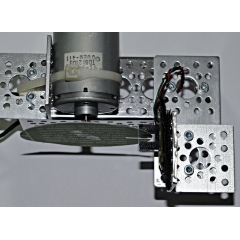
Posted June 19, 2015 by Chris
"These devices work by having a infrared LED on one end of the slot and a phototransistor at the other end. There are transistor like devices in the catalogs and there are logic devices as well. Since the current flows when the light is blocked I assumed this was a logic based device and not just a raw optotransistor for the sensor."
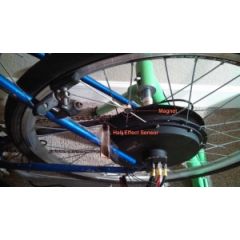
Posted June 14, 2015 by Chris
"Fortunately in the world of open source technology, the solutions to many technical challenges lie online. This great example by Zitron shows how to use hardware interrupts to read in the data from the hall effect sensor outside of the loop() function."
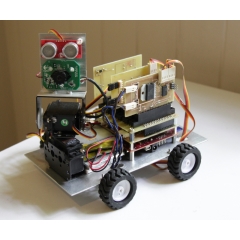
Posted May 24, 2015 by Chris
"Over the last 6 months or so I’ve been working on a BeagleBoard based robot. The motivation for this was to build a general robotics platform to try out some ideas I have on Simultaneous Localization and Mapping (SLAM) and robust sensor fusion. Here’s the result so far."
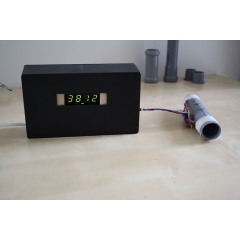
Posted May 4, 2015 by Chris
"A ballistic chronograph is used to detect the speed of a projectile shot through a sensor port. The simplest type of chronograph design is based on finding the average speed of the projectile between two ports. This is as easy as dividing the distance between the two sensor ports with time taken to travel between the ports."
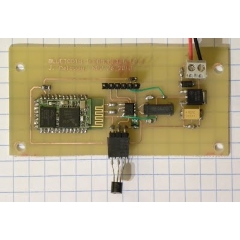
Posted April 24, 2015 by Chris
"One morning I woke up and wanted to know what the temperature outside was, and instead of running over to Home Depot and picking up a $2.00 glass thermometer, I decided to build my own wireless temperature sensor. At the heart of the board is a PIC12F675 microcontroller in an SO8 package. The right-hand side of the board houses the linear power supply (LP2950), bottom-center is the DS18B20 1-Wire temperature sensor, and out in left-field you can see the Sure TTL Bluetooth Module."

Posted April 9, 2015 by Chris
"I developed this WSN for a coursework on my MSc and I’m hoping others will find this useful or at least interesting 🙂 I’ve just installed the first parts of this WSN back home to collect sensor data from various outbuildings and it will be part of my new Arduino controlled greenhouse project. I’ll try to port the storage and reporting backend to a Raspberry Pi later this week, initial trials seem to suggest that it should cope well with this task for my size of network."
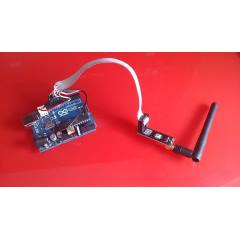
Posted April 5, 2015 by Chris
"The presented home monitoring system consists of a star like structure of wireless nodes. This means that one node, the main node, collects information from the other nodes and forwards them to Raspberry Pi. The other nodes act just like wireless sensors – periodically measure physical values around the flat and send the measurements to the main node. "
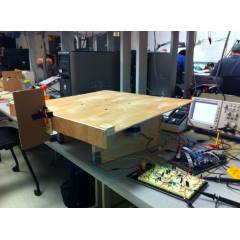
Posted April 4, 2015 by Chris
"The platform, using dual element PIR sensors, rotates itself independently to direct air flow to whatever position a person moves to. In addition, the fan includes another setting that allows precise rotation between two people. These modes are selectable by the user. The running mode is displayed on an LCD."
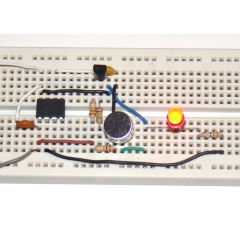
Posted March 21, 2015 by Chris
"A clap switch is a fun project for beginners. It switches on and off electrical appliances with a sound of clapping hands. Today we will discuss about making a simple clap switch that operates when it detects two clapping sounds in a row. It uses an electret microphone as a transducer for converting a clapping sound into an electrical signal. The microcphone output is amplified by a transistor and is then sent to the PIC12F683 microcontroller which performs an ON/OFF switching action when valid claps are detected."
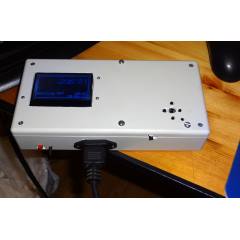
Posted March 20, 2015 by Chris
"All projects start with an idea. It could stem from a need, a want, a proof of concept or a challenge. In my case, it was a conversation with one of my uncles. He told me about how, during his post-secondary studies, he had the idea to make a thermostat for his final project….I decided I would engineer his original ideal, while incorporating today’s advancements in technology and adding wireless communication with a PC."






